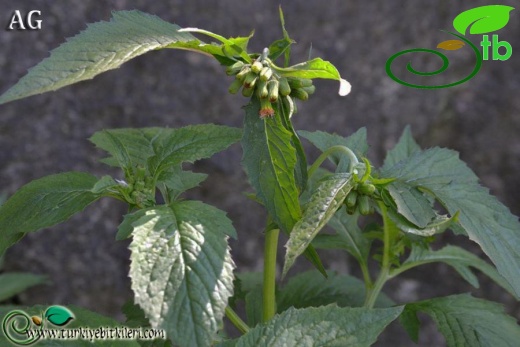Crassocephalum crepidioides
Crassocephalum crepidioides
Duduka
Robust annual, 30-120 cm, smelling of zonal Pelargonium. Stem erect, usually simple or branched above, with ±dense puberulent tawny indumentum, especially when young, later glabrescent. Lower leaves with lamina attenuate into and often decurrent along a petiole 0,5-3 cm, uppermost subsessile; lamina elliptic-oblanceolate to obovate, 5-18 x 1-6 cm, often lyrately lobed with 1-2 pairs oflateral segments to 4 x 1 cm; margins coarsely and irregularly sharply dentate, surfaces brown-puberulent at first, later glabrescent. Inflorescence a lax panicle of pedunculate corymbs; capitula up to 10 per corymb, nodding before and during anthesis, later ±erect. Involucre cylindrical or urceolate, c. 5mm or c. 7,5 mm , broader at base. Phyllaries linear-lanceolate, 8-12 mm, pubescent outside, connivent nearly to tips; calyculate bracts c. 1/2 x phyllaries, pale green, with purplish tips. Corollas yellowish-buff with brick-red to dark orange lobes , 8-11 mm. Anthers violet. Style branches 1,5-2 mm , violet. Achenes oblong, 2-2,5 mm; dark brown, minutely white puberulent on ribs. Pappus white, 10-12 mm. Fl. 8-11. Colchic deciduous forest near sea, nr s.I.-550 m.
Native to Tropical Africa and Mascarene Is.; now an aggressive and rapidly spreading weed in the Old World tropics and subtropics, where it occurs in such habitats as tea plantations, similar to those met wilh in the Colchic region of N.E. Anatolia.










